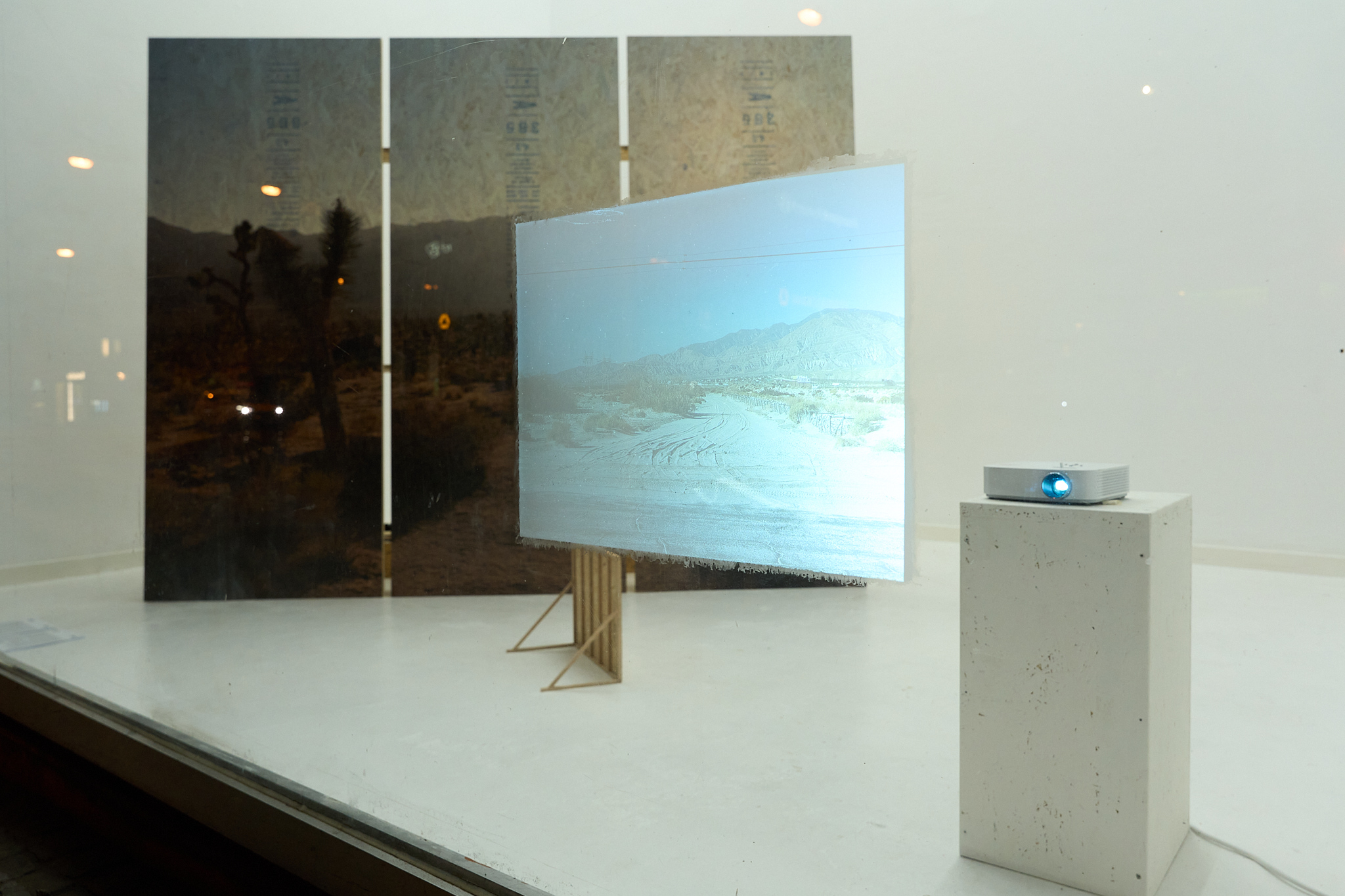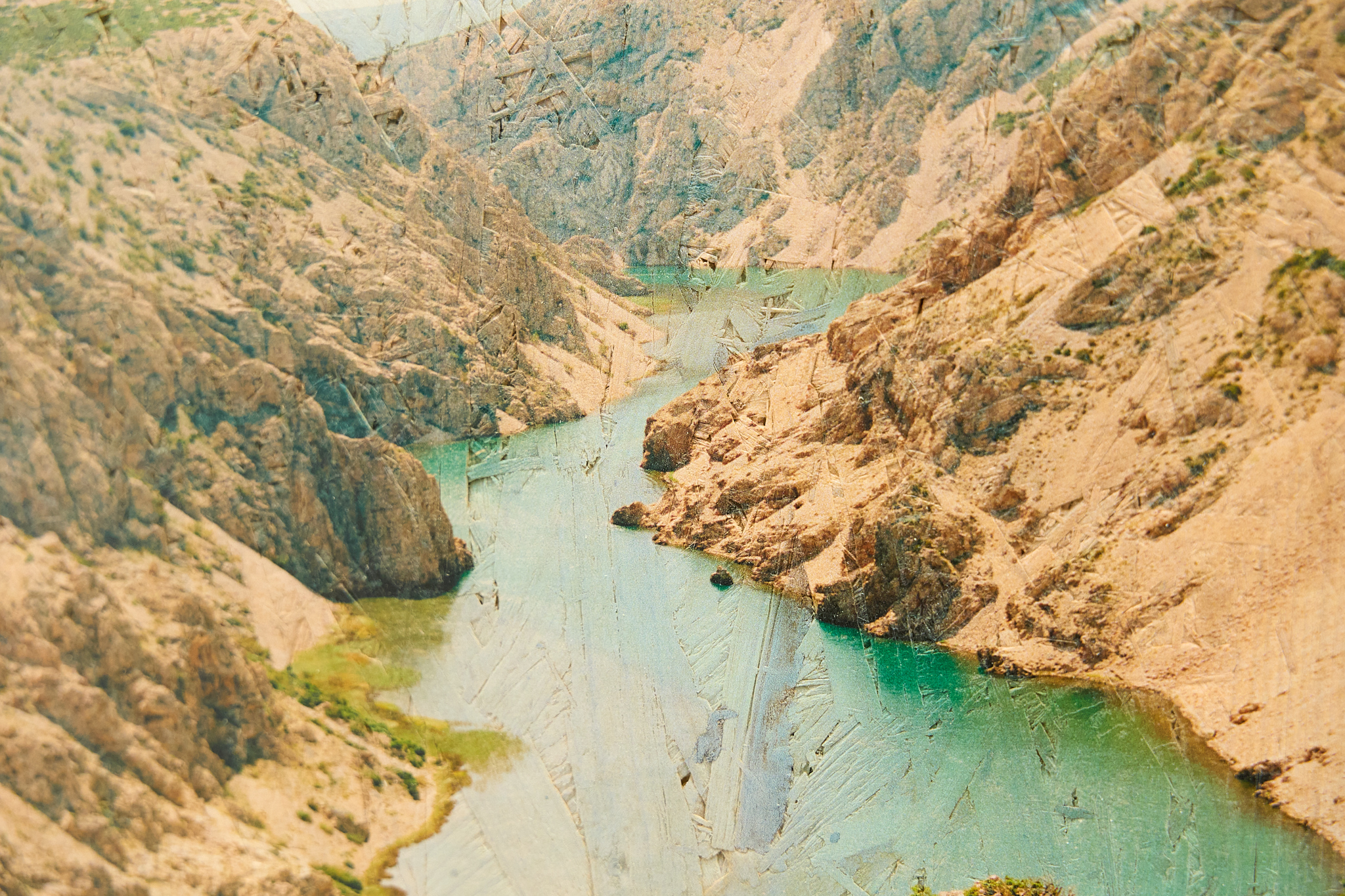![]()
![]()
![]()
![]()
![]()
![]()
![]()
![]()
![]()
![]()
![]()
![]()
![]()
![]()
![]() Danijel Sijakovic
Danijel Sijakovic
Once Upon A Time In
15.03.24 – 12.04.24
In his photographic work Once Upon A Time In, Danijel Sijakovic explores the mythological radiance of the North American continent. For more than a century, the filmgenre of the Western has been a reservoir of US-American historiography. The Western narratively and audiovisually formulates the ambivalent historical selfimage of the country. With Hollywood's global dominance cemented after the Second World War, many of these stories found their way across the Atlantic and formed a nostalgic image of the United States in the minds of European audiences.
The desire for new stories about the exploration of the American Frontier also stimulated other local film industries: The European version of the Western emerged and pursued its own invention of the topography of the nascent USA: a very unique vision of America was modelled on moviesusing locations in Spain, Italy or – central to the German reception – in the former Yugoslavia as setting.
This is where Danijel Sijakovic interferes by interleaving in his photographs real images of the American West with locations from the famous Karl May movie adaptations. Mounted on coarse chipboard, set up according to the principle of the façade architecture of film towns, some of which can still be seen in Croatia today, the
photographs show at the ideal of the American landscape. In their interplay of real and simulated American West, they question a myth that, with the help of the mass medium of film, has dissociated from its already questionable references to reality and has retained its contradictory position between kitsch and wishful thinking to this day. The title of the exhibition is also contradictory: “Once upon a time in” – is it a story that can be retold and begin with this half sentence, or is it just a fairy tale?
Sijakovic exposes contradictions: the mythical essence of the USA that has become film fiction is variable and is always visually subject to the respective perspective. Romanticization and its deconstruction are intertwined at its core. The Western genre is characterized by its ability to withstand this tension of conflicting forces and to think of illusion and reality not as opposites, but as complementary to each other. These photographs show this effect by questioning the Americana they represent – yet they are unmistakably imbued withit. Thus, the images witness the constant integrity of this mythical core, which they both undermine and confirm. The power of the Western remains unaffected by whether the canyons of Arizona, the deserts of Andalusia or the karst regions of Croatia were used to create its images; the way the images of America are layered on top of each other creates the multiple fiction of this country and it becomes increasingly irrelevant where this fiction has its locations and how many locations it has at all. In Sijakovic's approach, the landscape becomes a concept, a mental image whose origins take on a visual life on their own without losing their conciseness. Fairy tale or history, the images live in the inbetween.
Danijel Sijakovic















 Danijel Sijakovic
Danijel Sijakovic